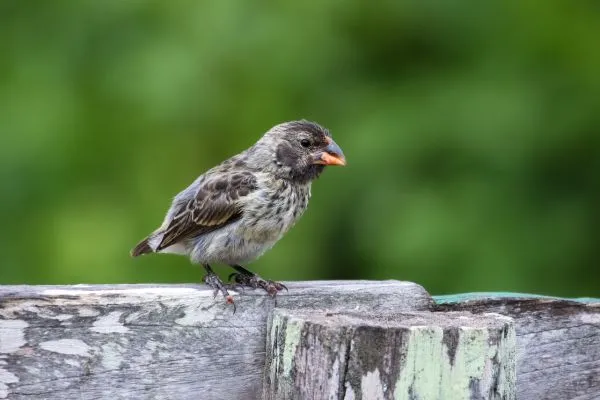Discover the mechanisms driving this evolutionary process and explore the fascinating stories of divergence that have sculpted the incredible diversity of life on our planet.

What is divergent evolution?
Divergent evolution is a process in which two or more closely related species become more dissimilar over time due to different selective pressures in their environments. It typically occurs when a single ancestral species diversifies into multiple descendant species, each adapted to different ecological niches or lifestyles.
The history of life on Earth is largely a story of divergence. Assuming life evolved only once, a single species has, over the course of four billion years or so, given rise to something like ten million alive today. Stag beetles, sunflowers, tapeworms, peacocks, fruit bats, tree frogs, zebras, seaweeds and blue whales are all descended from a single common ancestor that was cobbled together by processes unknown on a young Earth.
While the origins of life remain largely mysterious, the processes by which one species gives rise to many are well understood, thanks to a wealth of evidence gleaned from fossils, genetics, anatomy, behaviour and geography.
When does divergent evolution occur?
Divergent evolution typically occurs when a population of a species becomes isolated or encounters different environmental conditions. This isolation or environmental variation creates distinct selective pressures on different groups within the population, leading to the development of unique traits over time.
Darwin's finches
One celebrated example involves some little brown birds from the South American mainland that arrived on the Galápagos Islands just a couple of million years ago, not long after the archipelago was pushed up out of the sea by volcanic activity.
With few resident species to compete with, the new arrivals were able to flourish, multiply and colonise other islands in the group. Isolated from their neighbours, these populations underwent independent evolutionary change in response to local conditions and opportunities.
By the time Charles Darwin visited the islands in 1835, they were home to 17 distinct species of Galápagos finch that differed in terms of their plumage, size, behaviour, song and bill shape.
Giant tortoise
The Galápagos is the scene of other textbook examples of adaptive radiations from a common ancestor, including the famous island subspecies of giant tortoises.
Watch David Attenborough in the Galápagos explaining about Charles Darwin's theory of divergence:
Less celebrated are the 15 species of Galápagos giant daisies, which have been described as the Darwin’s finches of the plant world.
In each case, the divergence has occurred in just a couple of million years. Over longer time periods, the differences can become far more pronounced. The first reptile on Earth, for example, gave rise to lineages that, over hundreds of millions of years, became tortoises, lizards, snakes, birds and mammals.
What is the difference between divergent and convergent evolution?
But evolution is not only about divergence. Faced with similar evolutionary pressures, different lineages can converge on strikingly similar characteristics.

The Galápagos daisies are a case in point. Though their mainland ancestor was a small shrub, once isolated on the various – treeless – islands, many of the new species became large and woody to fill the vacant niches.
Likewise, the sturdy bills of the large ground finch on the Galápagos and the hawfinch have converged on the same shape because of their similar diets. Indeed, such superficial resemblances led biologists to misclassify the former as finches when they are really members of the tanager family.
Find out more
Evolution is a fascinating subject. Read more from our experts, including a comprehensive guide to evolution and an introduction to James Hutton - the Scottish geologist whose theory paved the way for Charles Darwin.